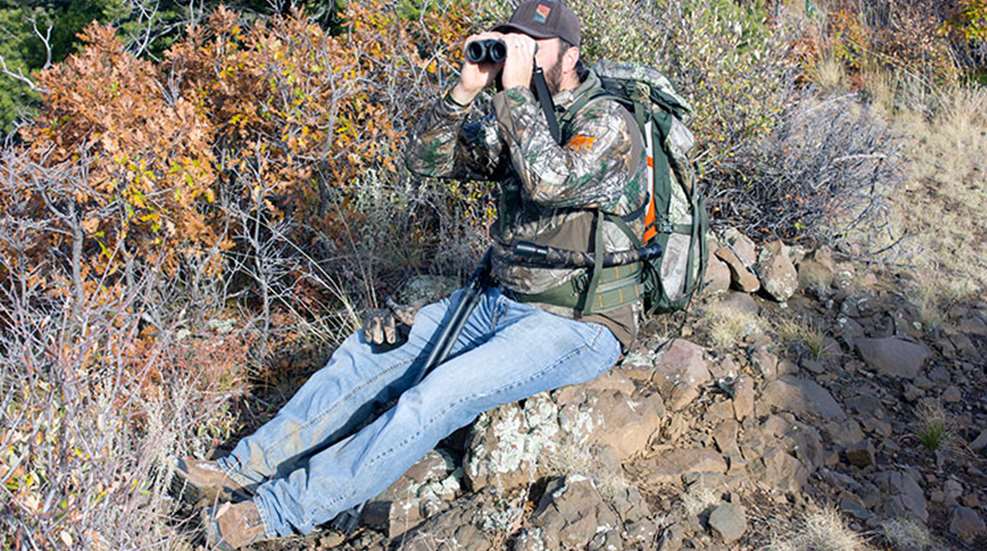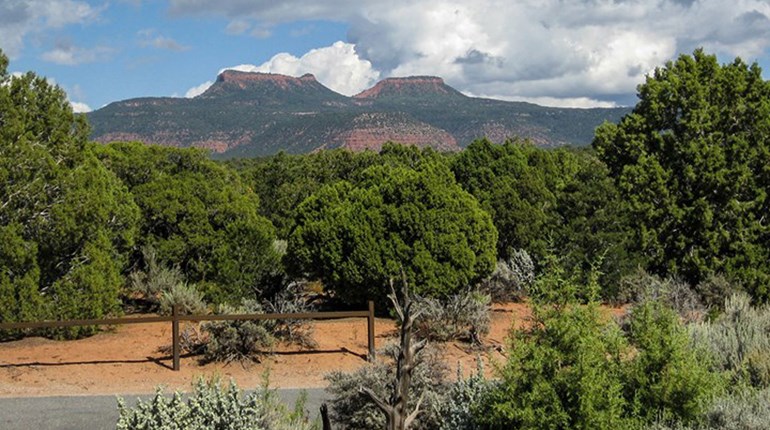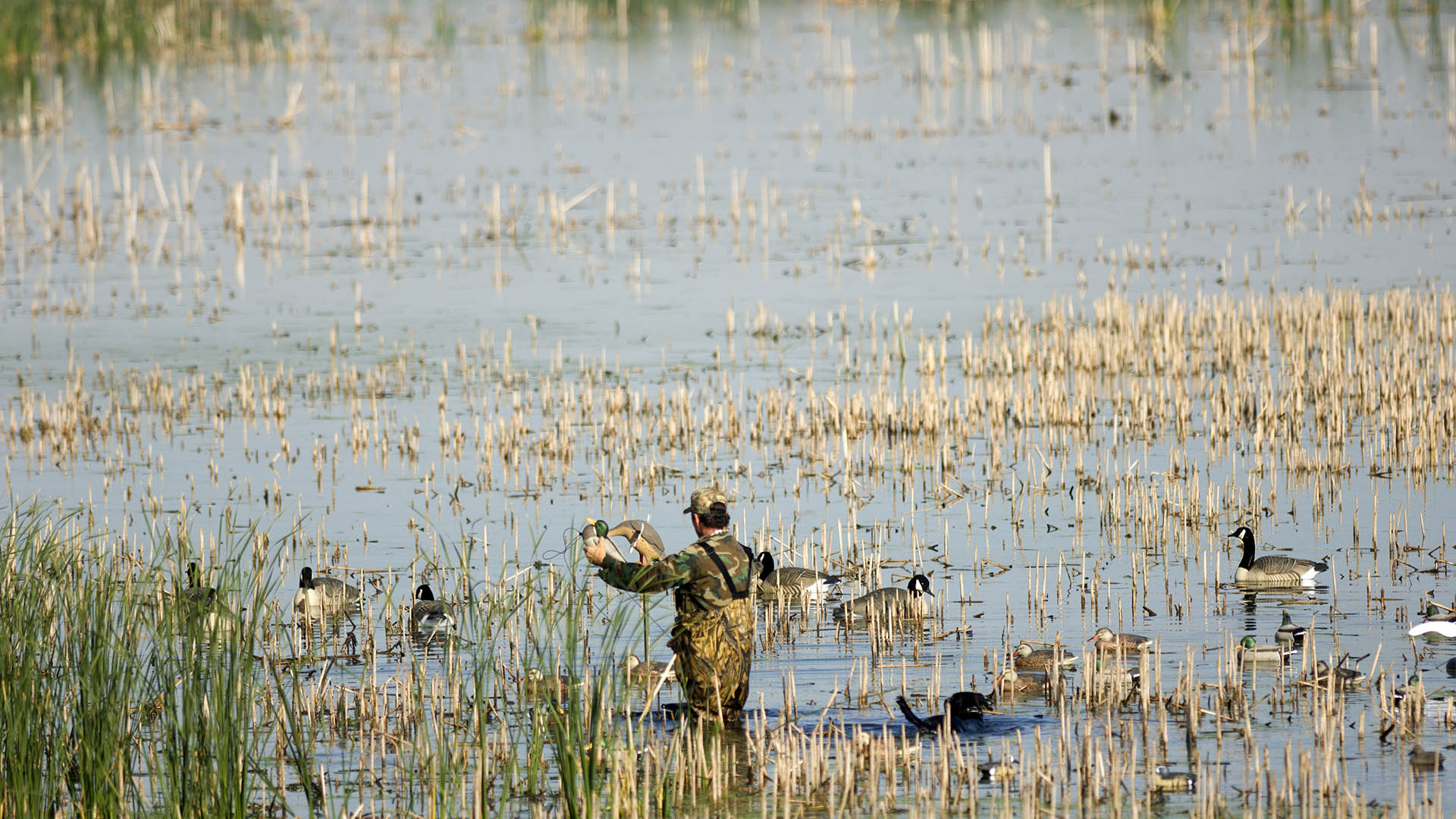
There is this pervasive myth that national parks don’t allow hunting. Many of the most famous national parks certainly don’t allow hunting, but 59 out of 390 properties administered by the National Park Service (NPS) do allow hunting. In total, about 35 percent of the NPS’ acreage uses hunting to manage game populations, accounting for 29,943,312 acres—19,677,033 of which are in Alaska.
While interviewing park superintendents for articles, I’ve actually had them tell me that the NPS bans all hunting. When I started naming parks that allow hunting they were baffled and told me those must just be exceptions. When I told them that 35 percent of the NPS’ properties allow hunting they grew quiet. Even they didn’t know the charters for some national parks expressly permit hunting.
Here are five great examples:
1. Sleeping Bear Dunes National Lakeshore: This NPS-controlled property in Michigan has hunting seasons. The Lakeshore Ranger staff in this 71,187-acre park says they ask “both hunters and non-hunters to follow a few park rules and regulations and to work together in order to have a safe and enjoyable visit.” This park even has a special deer hunt on North Manitou Island each year.
2. Lake Roosevelt National Recreation Area: Hunting within the boundaries of Lake Roosevelt National Recreation Area is a recognized recreational activity under the Code of Federal Regulations 36 CFR, section 7.55(a). This 100,390-acre park is located in eastern Washington State.
3. Amistad National Recreation Area: Five public hunting areas are available for archery and shotgun hunting at Amistad National Recreation Area during the 2015-2016 hunting season. This 58,500-acre park in Texas has whitetails, javelina, turkeys, rabbits, and exotic mouflon sheep, aoudad sheep and blackbuck antelope. The use of rifles or handguns is prohibited at Amistad National Recreation Area.
4. Assateague Island National Seashore: Public hunting is allowed within the boundaries of Maryland’s 41,320-acre Assateague Island National Seashore. The species available here include whitetails and sika.
5. Grand Teton National Park: An elk hunt in Wyoming’s 310,000-acre Grand Teton National Park was authorized when the park was created in 1950. The hunt is used to regulate the elk population before the animals move to winter feed grounds in the National Elk Refuge in Jackson Hole.
Critics of such hunts argue that hunting is counter to the NPS’ mission to preserve wildlife within its units. But as any wildlife biologist will tell you, predation—whether done by us or other predators—is a necessary component to keeping deer and elk populations from over-browsing habitat. Over-browsed habitat doesn’t just harm the plant life, it also impacts small game and other species. So, hunting is an important wildlife-management tool for helping park officials to keep the ecosystem healthy.
The deer hunt on the previously mentioned North Manitou Island is a good example of the importance of hunting to maintain a healthy deer herd and a healthy ecosystem. In 1926 four male and five female whitetails were introduced to the island. By 1981 there were an estimated 2,000 deer on the island, says the NPS. “The island vegetation could not sustain such a large herd, so many deer starved. The surviving deer over browsed the island, eating all of the Yew and young Maple trees. Through reduction of the deer herd by hunting, the vegetation has recovered to some extent. Hunts (by permit only) have occurred annually since 1985,” says the NPS.
Those opposed to the elk hunt in the Tetons also argue that the hunt is a danger to the grizzly bear population—some studies have shown that some grizzlies leave Yellowstone National Park (where there is no hunting) to feast on the elk gutpiles left by hunters. Anti-hunters argue that this constitutes a danger to bears and people. Common sense undoes this argument because who is more prepared to deal with an aggressive bear than a hunter? Also, hunters are required to carry bear spray and to use campsites with bear-proof food storage. There is no evidence that hunters are having a negative impact on the grizzly population.
Anti-hunters—these are mostly people who simply don’t understand our natural connection to the earth—also often prefer that NPS properties hire “professional” sharpshooters when a population reduction of deer or elk is so high that its harming the flora and the fauna that depends on the vegetation.
The NPS did recently use sharpshooters to reduce the whitetail population in Valley Forge National Historical Park in Pennsylvania and at the Catoctin Mountain Park in Maryland. The thing is, sharpshooters are expensive. Why hire sharpshooters when millions of Americans are willing to pay to hunt—funding conservation via license sales and taxes on firearms and ammunition—and are eager to do it for free? Hunting is also safe, and the meat is carried out of the woods and eaten by local people. What is more green, more pro-environment, than wildlife biologists using hunters to manage a deer herd?
Though the science is clear that hunting, when properly managed, is necessary and beneficial to wildlife and plant species, some anti-hunters continue to oppose hunting. The National Park Conservation Association (NPCA), for example, recently ran an article in which they did a Q&A with their director of government and legislative affairs, Kristen Brengel, and their legislative representative, Elise Russell Liguori.
The NPCA asked if hunters should hunt in more parks. Brengel said, “It is ridiculous to even think about. Would we interrupt school field trips at Fort McHenry to use the seagulls for target practice? Hunt for squirrels at the Liberty Bell? Shoot clay pots at Chaco Culture National Historic Park? I mean, does our country really benefit from opening these sites to hunting, when there are millions of acres of land that are better suited to hunting, and when it conflicts with so many other ways people already use and enjoy these places, from hiking to bird watching?”
Clay pots? I suppose she meant “clay pigeons.” She is so ignorant of shooting and hunting that she confuses clay pigeons for things used for potting plants. This kind of ignorance, with both hunting and wildlife biology, is the basis for the belief system that opposes our natural role in the environment. To help wildlife, the best thing we can do is educate such people about what hunting does for us and for the environment.




































